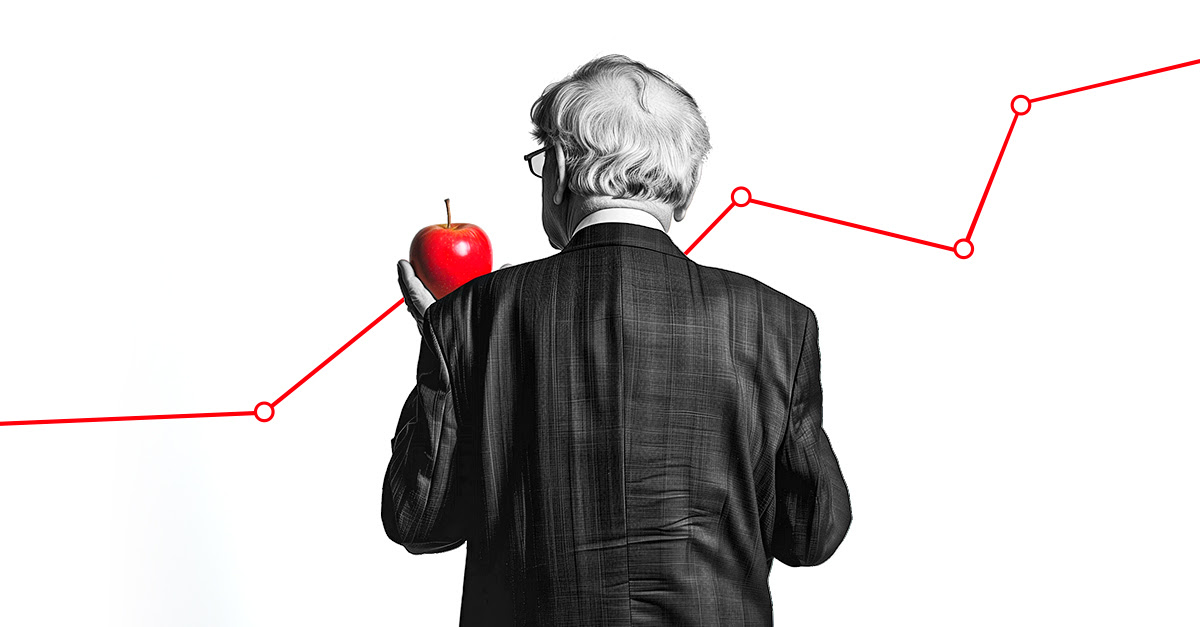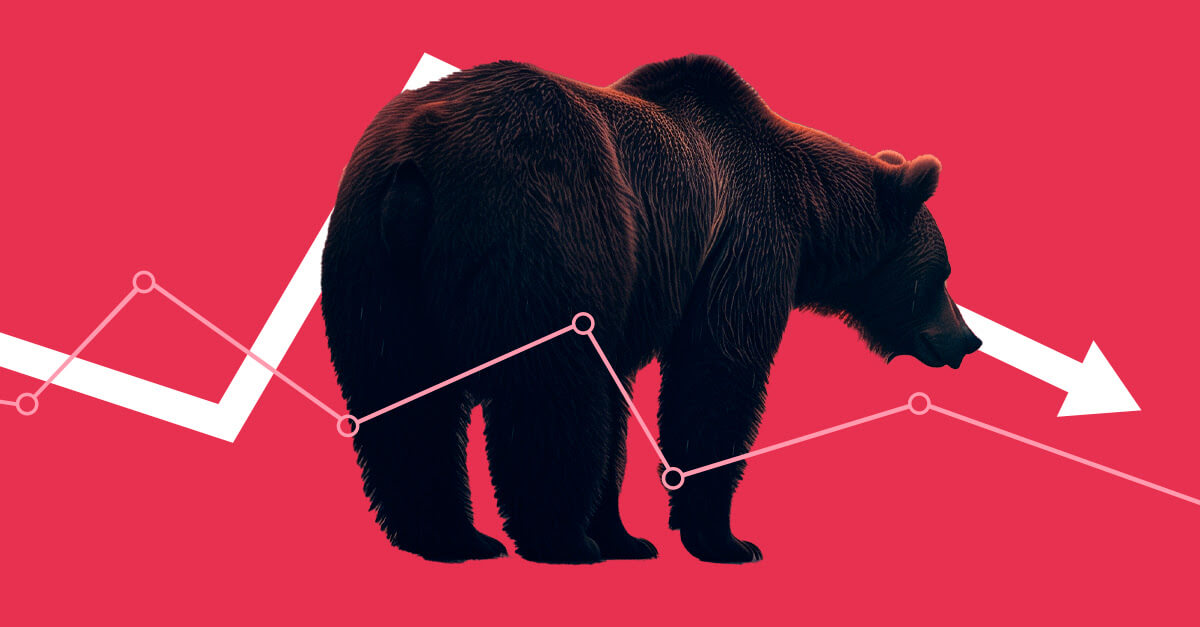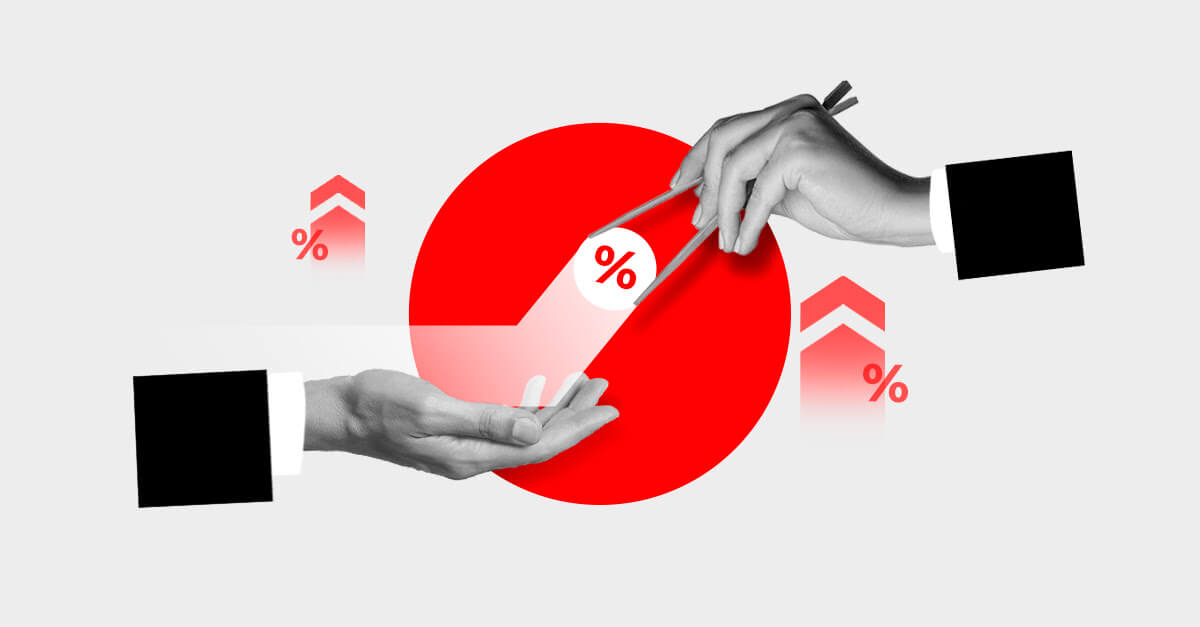OPEC's latest report revised downwards its forecasts for oil demand in 2025.The slowdown is expected to affect two key economic regions: China and the Middle East. Despite this, the data clearly indicates an expected global oil shortage, already exceeding the levels seen after the post-pandemic unfreeze in 2021, when the price of crude experienced its fastest increase in years.
Table of contents:
What is driving global oil price rises?
According to OPEC, global consumption is expected to increase by 1.7 per cent in 2025. On the other hand, global production is expected to increase by 1.1 per cent next year, driven by production increases of 2.3 per cent in the United States and 3.6 per cent in Latin America. The leaders in consumption growth are likely to be India, with a projected growth rate of 4.1 per cent, and China, with a 2.4 per cent increase next year.
Global oil shortages could exceed 2 per cent of demand volumes, which is higher than in 2021, when the oil price rose 53 per cent.

Source: Conotoxia own study, OPEC data
Oil price forecast
Petrol station prices in Poland, the UK and the US have fallen significantly since May - by 3.7 per cent in our country and the UK, and by 8.9 per cent in the US.
Possible increases in market prices will affect each of these countries to varying degrees, but the direction of change should remain uniform for all economies. In the event of increased crude prices on the financial markets, we are therefore likely to pay more for fuel at the pump.
Currently, the price of oil is rebounding to around $80 per barrel, and in the short term it is being driven by both the tense geopolitical situation in the Middle East and a decline in fears of a possible recession in the United States. Consequently, our base case scenario assumes a continuation of oil price rises, with the possibility of exceeding the $90 per barrel ceiling by the end of this year.

Source: Conotoxia MT5, XTIUSD, Daily
Grzegorz Dróżdż, CAI MPW, Market Analyst of Conotoxia Ltd. (Conotoxia investment service)
The above trade publication does not constitute an investment recommendation or information recommending or suggesting an investment strategy within the meaning of Regulation (EU) No. 596/2014 of April 16, 2014. It has been prepared for informational purposes and should not form the basis for investment decisions. Neither the author of the publication nor Conotoxia Ltd. shall be liable for investment decisions made on the basis of the information contained herein. Copying or reproducing this publication without written permission from Conotoxia Ltd. is prohibited. Past performance is not a reliable indicator of future results.
CFDs are complex instruments and come with a high risk of losing money rapidly due to leverage. 79,03% of retail investor accounts lose money when trading CFDs with this provider. You should consider whether you understand how CFDs work and whether you can afford to take the high risk of losing your money.







